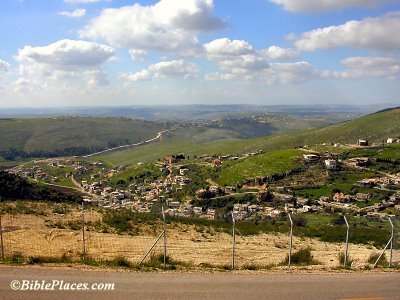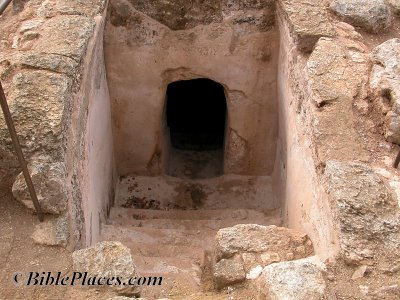Yesterday the History Channel showed “The Exodus Decoded,” written by Simcha Jacobovici and directed by James Cameron. Given its high budget (for a documentary) of $3 million, there’s a good chance you’ll have the opportunity to see this either as a re-run or possibly at your church’s evening service. I have not seen it, but have a few comments based on the press coverage.
First, you can read about it in the New York Times (poor), or the Associated Press (a bit better), or the Miami Herald (best). Hershel Shanks, editor of Biblical Archaeology Review, has posted a lengthy correspondence between him and Jacobovici. Wikipedia covers the main aspects of the theory. And there’s always the official website with a 5-minute trailer.
From the trailer and reviews it is apparent that this is one slick production. That immediately suggests to me their facts aren’t good and they’re trying to hide it with fancy graphics. That of course doesn’t necessarily follow, but it has been true often enough that I’m wary.
The essence of the theory is that the Israelites are the Hyksos and the exodus occurred during the time of the eruption of Thera (Santorini) about 1500 B.C. Is this possible? Well, I have never read one scholar who believes either of those suggestions. Some believe that the Hyksos may have been in power when the Israelites began their sojourn (assuming 430 years in Exodus 12:40 refers to time in Egypt and Canaan, a less preferred textual variant). But no one believes that the Hyksos were the Israelites and that the Hyksos expulsion is the same thing as the Israelite exodus.
There’s also a problem with the dating. The Biblical dates, if taken literally, add up to an exodus around 1450 B.C. (cf. 1 Kings 6:1). There’s no way to push that number back (to 1500 or earlier) without suggesting the biblical numbers are not literal. Now many scholars do reject the biblical numbers, but they always push the date of the exodus down (to about 1250 B.C.) The rest of the scholars believe that there was no large exodus of Israelites from Egypt. But no one dates the exodus to 1500 because there is no biblical or non-biblical evidence for it. (Those who favor the biblical evidence typically prefer an exodus date of 1450; those who favor the non-biblical evidence date it to 1250).
The movie locates Mt. Sinai at a site that has no major proponents, if any. That doesn’t make it wrong, but before you buy it, you might ask yourself how a moviemaker found it when no one else could. I think the miracle explanations are bound to fall apart as well.
There are a number of other pieces to the “Code,” but they hang on the above. Having skimmed the Shanks-Jacobovici correspondence, I would commend Jacobovici’s motivation but not his data.


